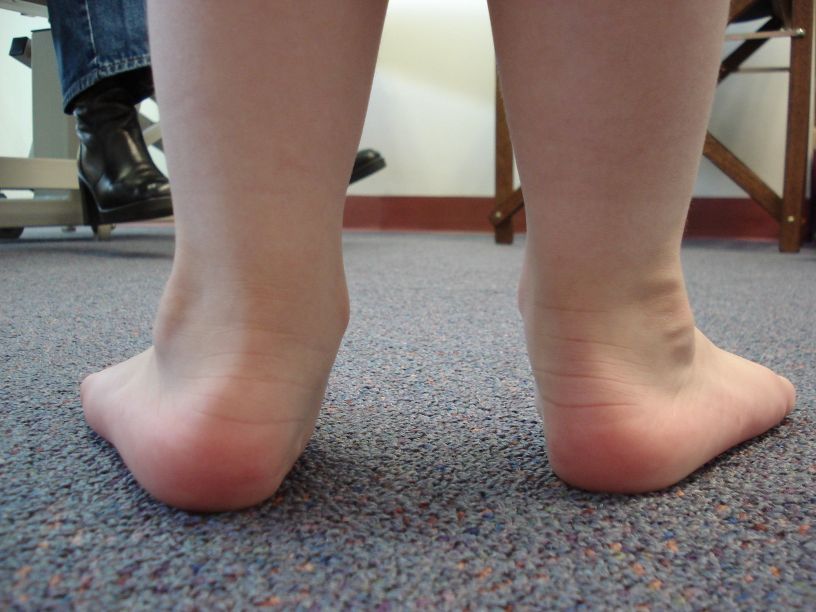In truth, people with flat feet face a lot of problems when it comes to trekking. Trekking is the game of walking for long distances on uneven slopes. First, the pain develops because of exhaustion. Second, if you already have uneasiness, it gets worse. Third, if not paid attention, it can result in knee and back pain.
I have flat feet, and that is why I know how important it is to take measures. To understand how to do trekking with flat feet, let us first learn the basics of the part that holds the feet: arch.
The foot’s arch is an area along the bottom of the foot between the ball and the heel. It helps in walking, running and jumping. Along with these, it helps the body in maintaining the correct posture and balancing the weight.
A foot is not called complete without these. Abnormal feet miss this. There are two ways in which these vanish from their position.
Myth – As mentioned above, arches develop before we are even born. If these are missing or lowered, these can be generated if we wear tight shoes – It’s a myth. Practically, there is no way to cure it.
Without the arches, all the above functions are missing. This causes imbalance, pain, stress and sometimes change in the shape of the body posture.

Over time, as we walk with flat feet, the leg muscles turn inward, giving the extra knee rotation. This might cause knee pain. Plus, this pain further accentuates to hip region.
Arches cannot grow. Although, some other techniques help in supporting the feet and giving them that balance.
Trekking is a ‘high’; once I have had instances when I have trekked in pain. Once you start, you cannot stop. I have made this blunder myself. This did not help but worsen my condition whatsoever.
Don’t do this. Try to take as much rest as possible. It helps in rebuilding those hurt muscles and tendons and cures them gradually.
Cold Therapy
There is one other therapy that you can try. I was in Sonamarg for KGL Trek. One week before, while I was running to get in shape, my pain started for the first time. It did not get better even after giving it much rest. What to do in such a situation?
I know, for a trek, you prepare for a long time. You never want that pain to stop you. In Sonamarg, only God knows how much I was scared with this pain even to begin my six-day journey. But the next day, I wake up, I find the pain is gone. Later, I figured out this was because of the cold therapy. I had heard about it but never knew it was that effective.
If your foot pain is due to an injury or overuse, rest combined with cold therapy will primarily help. To do this, put ice on your foot for 15 to 20 minutes several times a day.
Over-the-counter anti-inflammatory medications will also help with pain and may help in healing it.
Along with all other things, keep in mind that exercises that improve stretchability are a must and will significantly aid it. That’s all for now. Let me know in the comments about your ways of treating it.
